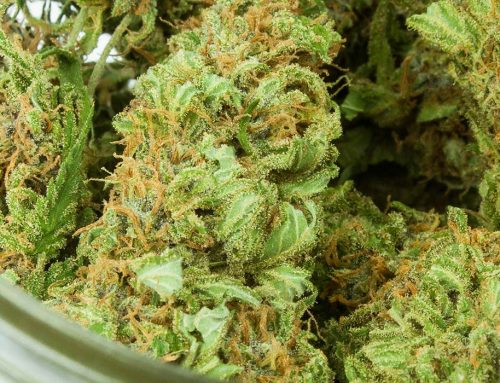Legalizing medical marijuana helps older adults manage pain and may therefore increase their workforce participation, according to a new study.
The findings, published in the spring 2019 issue of the Journal of Policy Analysis and Management, are based on more than 100,000 survey responses to questions regarding symptoms and ability to work from adults aged 51 years and older over a 20-year time period. These responses were then compared to the dates when medical marijuana laws came into effect.
Health improved among the elderly in medical marijuana states
The analysis showed a 4.8 percent decrease in pain and a 6.6 percent increase in good or excellent health among adults who are eligible for medical marijuana in the state they live.
“Our study is important because of the limited availability of clinical trial data on the effects of medical marijuana,” said one of the study’s authors, Lauren Hersch Nicholas, PhD, an assistant professor at John Hopkins Bloomberg School of Public Health and Temple University.
“While several studies point to improved pain control with medical marijuana, research has largely ignored older adults even though they experience the highest rates of medical issues that could be treated with medical marijuana,” she said.
The data for the research is taken from the 1992-2012 Health and Retirement Study, the most comprehensive national survey on health and labor market outcomes for older Americans.
While not conclusive, the findings add weight to claims that ensuring legal access to medical marijuana can play a significant role in reducing pain in older people and that cannabis can provide therapeutic benefits to seniors.
Increasing employment levels among older people
The team of researchers at John Hopkins also found that older people eligible for medical marijuana show a 7.3 percent increase in levels of full-time work. This may mean that legalizing medical marijuana could increase labor supply among older adults.
Also of note, according to the researchers, is the fact that this increased capacity to work resulting from legal medical marijuana more than cancels out any decline in productivity associated with cannabis use.
“These findings underscore the close relationship between health policy and labor supply within older adults,” said Nicholas. “When we’re doing policy evaluations, we have to think not only about whether the policy is changing health outcomes, but also whether it does it in a way that supports labor force participation.”
Currently, 32 states plus Washington D.C. allow marijuana possession and use for medical purposes, though it remains illegal at the federal level.
The full text of the study, “The effect of medical marijuana laws on the health and labor supply of older adults: Evidence from the Health and Retirement Study,” is available through Wiley Online Library.






